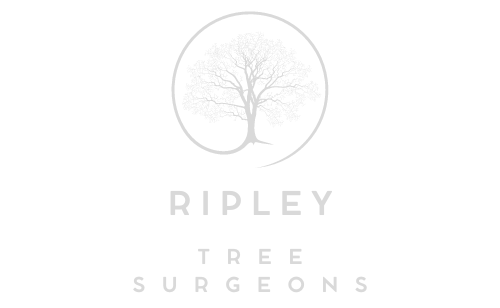Tree Crown Reduction: Managing Expectations and Realistic Outcomes
Introduction: Tree crown reduction is a specialised technique used to manage the size and shape of trees while promoting their health and structural integrity. Understanding what to expect from this process is crucial for achieving satisfactory results. Here’s how to manage expectations and ensure realistic outcomes when considering tree crown reduction:
- Understanding Crown Reduction
Crown reduction involves selectively pruning branches to reduce the tree’s crown’s overall size and density. This technique differs from tree topping, which indiscriminately cuts branches back to stubs. Proper crown reduction aims to maintain the tree’s natural shape and health while addressing specific issues like clearance or light penetration.
- Setting Realistic Goals
Before undertaking crown reduction, define your goals clearly. Whether it’s to improve aesthetics, manage tree height, or enhance light and airflow, realistic goals ensure you achieve the desired outcome without compromising the tree’s health. Discuss your objectives with a qualified arborist to ensure they are achievable.
- Consultation with a Professional Arborist
Consider consulting a professional arborist before proceeding with crown reduction. They can assess the tree’s health and structure and recommend the best approach for pruning. An arborist will also consider factors such as tree species, growth habits, and local regulations, ensuring the work is carried out safely and effectively.
- Timing and Seasonality
Choose the right time of year for crown reduction. It’s generally best to prune trees during their dormant season, typically late autumn to early spring. Avoid pruning during active growth or flowering periods, as this can stress the tree and affect its ability to recover.
- Realistic Outcomes
Understand that crown reduction may not drastically alter the tree’s appearance overnight. The process is gradual, and the tree will need time to respond and adjust to the pruning. Initially, there may be visible cuts and a temporary change in the tree’s silhouette, but with proper care, the tree will grow fuller and healthier over time.
- Health and Long-Term Maintenance
Focus on the long-term health and maintenance of the tree. Proper pruning techniques, such as making clean cuts outside the branch collar, help promote healing and reduce disease risk. Monitor the tree regularly after pruning to ensure it remains healthy and address any issues promptly.
- Environmental Considerations
Consider the tree’s role in the local environment and ecosystem. Trees provide habitat for wildlife, improve air quality, and contribute to the overall landscape aesthetics. Crown reduction should preserve these benefits while addressing specific management goals.
Conclusion: Effective tree crown reduction requires careful planning, realistic expectations, and skilled execution. By understanding the process, consulting with professionals, and prioritising the tree’s health, you can achieve successful outcomes that enhance the tree’s aesthetics and longevity.
Call us on: 01773 300 799
Click here to find out more about Ripley Tree Surgeons
Click here to complete our contact form and see how we can help you with your tree’s needs.

